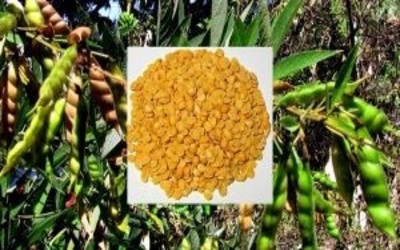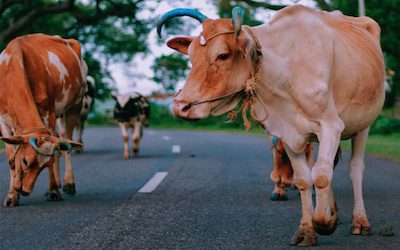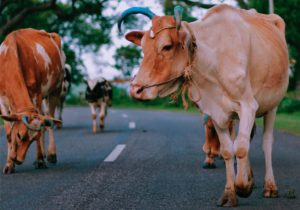
Beejamrutha- Increasing immunity and germination in seeds
Beejamrutha is used for seed treatment. Seed treatment is very important, because during the germination many diseases make up their footprints. The seeds treated with Beejamrut are more resistant to the seeds, which increase their chances of germination.
Materials Required for Beejamrutha:
- Water (20 litre for 100 kg seed)
- Cow urine (250 ml for each litre of water)
- Cow dung (250 grams for each litre of water)
- Lime (2.5 g per litre of water)
- Ensure a lot of soil from dykes, clay bundles, which do not have any stone

Preparation method :
Step 1:
Mix all the ingredients in a plastic or cement tank. Make sure there is no lump in cow’s dung. Use a wooden stick for the mixture. The rod should be rotated according to the clock direction in the mixture so that positive energy spreads in the mixture.
Step 2:
Cover the tank with a jute sack or poly net. As soon as the tank is in the shadow, it should be ensured that the tank is not directly exposed to sunlight or rain water.
Step 3:
The next morning the Beejamrut is ready, and can be used for seed treatment.
Preparation time:
12-24 hours
Storage:
Use it to disinfect the seeds within 48 hours. However it can be kept for 7 days.
Use:
1. For the 100 kg seed, use 20 litres of water to prepare the seed production.
2. Spread the seeds on the plastic on the ground. Sprinkle Beejamrut on those seeds. Mix the seeds properly and make sure that all seeds are covered with Beejamrut.
3. seeds like pulses (Arhar, Ush, Libiya etc.) should be take care of. Because they are very delicate, therefore they should not rub them. Use your hands properly to mix seeds.



Do not use this treatment for soybean and peanut seeds because they have very thin layers on their seeds, due to wetting the layer of seeds can be damaged. Sow these seeds in 10 percent Ghan Jeevamrut.


After seeding treatment, let the seeds dry and then sow them.
While transplanting nursery plants, immerse the root in the Beejamrut mixture and then implant them in the fields.







